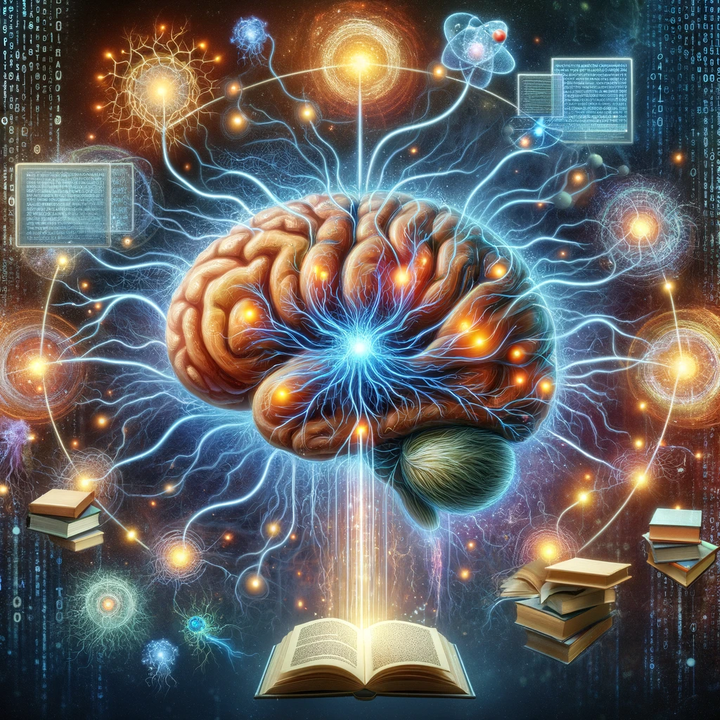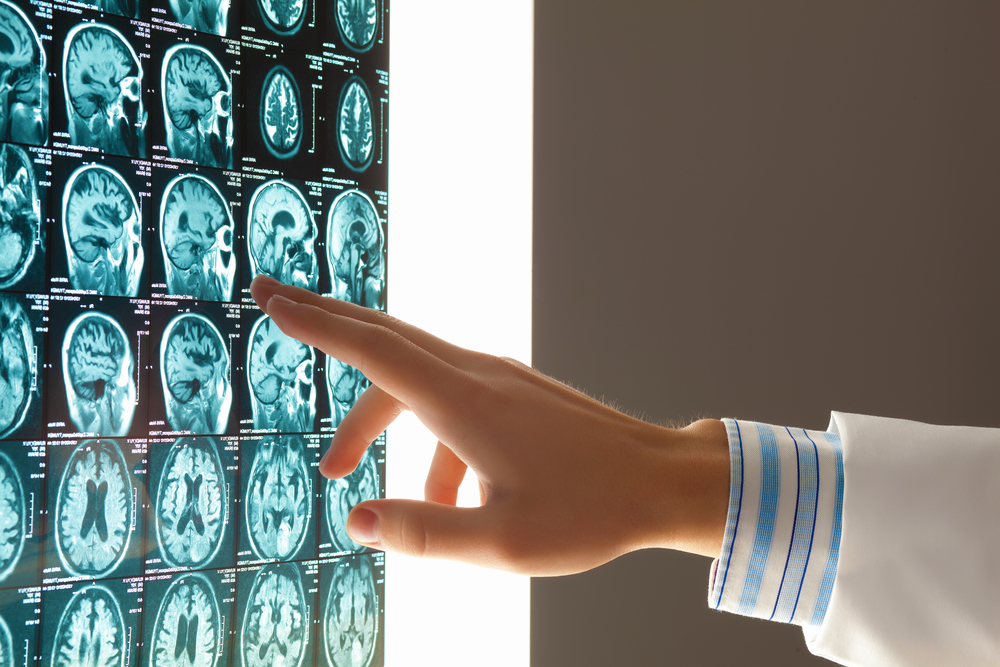In the fast-paced world of workplace learning, understanding the intricacies of how our brains absorb information is a game-changer. This blog takes you on a journey through the fascinating realm of neuroscience and metacognition, offering practical insights that can reshape your approach to Learning and Development (L&D).
Deciphering the Basics: How Does Your Brain Learn?
The foundation of effective workplace learning lies in grasping the fundamental workings of the brain. Imagine having a translator, someone adept at translating the complexities of neuroscience into practical insights. At its core, it's about understanding how your brain learns and encodes memories. Let's delve into the basics before we explore the transformative power of metacognitive skills.
Metacognition: The Key to Effective Learning
Metacognition, often overlooked, is the secret sauce in the learning process. As a learner, understanding how you learn enhances your skills, making you a more adept learner. For L&D designers, incorporating metacognitive skills is critical. It goes beyond the conventional approach of simply delivering information; it involves creating moments within the learning process for self-reflection, self-monitoring, and self-regulation.
The Designer's Dilemma: ROI and Metacognitive Practices
Return on Investment (ROI) is a constant concern for organizations investing in L&D. The blog highlights the frustration of limited resources for ROI analysis. However, it introduces a game-changing concept—embedding metacognitive practices into learning designs. This approach allows designers to gather real-time measures of learner retention and understanding. It not only saves time but provides valuable insights to refine and optimize learning materials.
Metacognition in Action: Building Effective Designs
While metacognition is rooted in a theory from the 1970s, its relevance remains unparalleled. The blog emphasizes its practical application, not only for individual learners but also for integrating it seamlessly into functional design. By creating opportunities for learners to reflect on their understanding during the learning process, designers can identify and address gaps, ensuring the effective transfer of knowledge and skills.
Conclusion: Elevate Your Learning Strategy with Neuroscience
As we conclude this exploration into the synergy of neuroscience and workplace learning, the key takeaway is clear—unlocking the potential of metacognition can redefine how we approach L&D. It's not just about delivering content; it's about fostering a learning environment that nurtures self-aware, self-monitoring learners. Embrace the power of neuroscience to elevate your learning strategies.
Delve deeper into the world of microlearning with 5mins.ai. If you're intrigued by the neuroscience of learning, watch the full video from Learning to Thrive that inspired this blog. Elevate your L&D journey—explore more lessons now!




